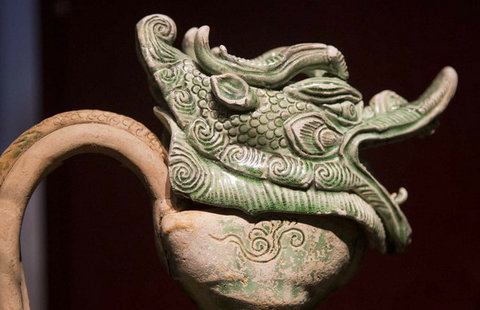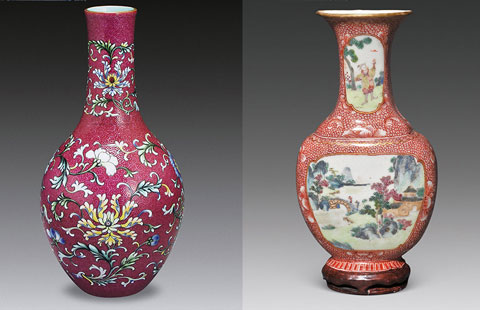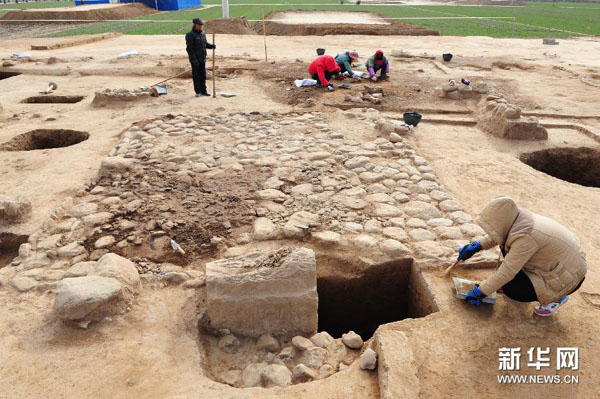 |
|
Archaeologists work on the remains of the ancient sacrificial architecture at a historical site of Western Zhou Dynasty (c. 11th century-771 BC) in Baoji, Northwest China's Shaanxi province, Dec 31, 2014. [Photo/Xinhua]
|
Archaeologists have unearthed an ancient sacrificial architecture at a historical site of Western Zhou Dynasty (c. 11th century-771 BC) in Baoji city of Northwest China's Shaanxi province, according to a report from Xinhua on Wednesday.
Zhong Jianrong, a researcher with Shaanxi Provincial Institute of Archaeology, said the discovery is connected to the remains of two large-scale independent rammed earth constructions of Western Zhou Dynasty discovered last year.
One of them is in the shape of a hollow square resembling the Chinese character "回" on its plane graph, with a width of 56 meters from north to west and a length of 47 meters from south to north, occupying an area of 2600 square meters. It is the largest individual building of Western Zhou Dynasty that has been discovered in China so far.
The ancient sacrificial architecture was found within the courtyard of the building, and its landmark is featured by a colossal stone base shaped like the Chinese character "亚" and is about 1.68 meters in height. The south of the stone base lays a square sacrificial altar, 42 meters wide from east to west and 46 meters long from south to north, deliberately built by laying natural stones.
Experts said that ancient Chinese attached great importance to the sacrifice to the God of Earth, or "She" in Chinese. The architecture discovered might have been the place where adherents of the Shang Dynasty (c.16th century-11th century BC) performed "Wang Guo Zhi She", a sacrifice to the perished nation. In Chinese history, Western Zhou took the place of Shang as a new dynasty.
The discovery is considered of great historical value on the study of the sacrifice ritual of the ancient China and the culture of Zhou Dynasty.


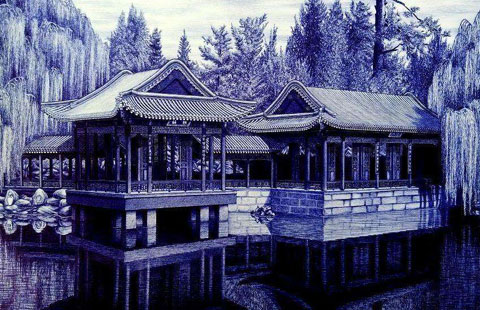
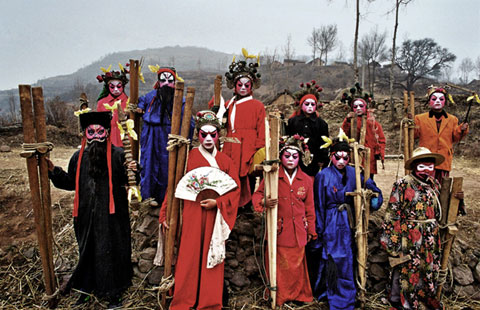
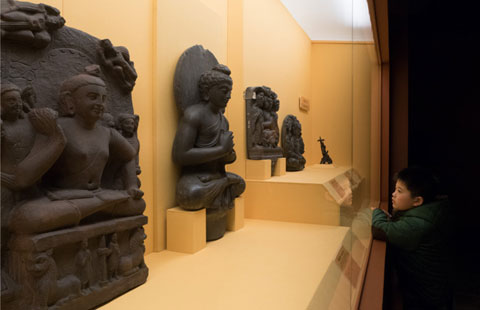



















 Raymond Zhou:
Raymond Zhou: Pauline D Loh:
Pauline D Loh: Hot Pot
Hot Pot Eco China
Eco China China Dream
China Dream China Face
China Face



